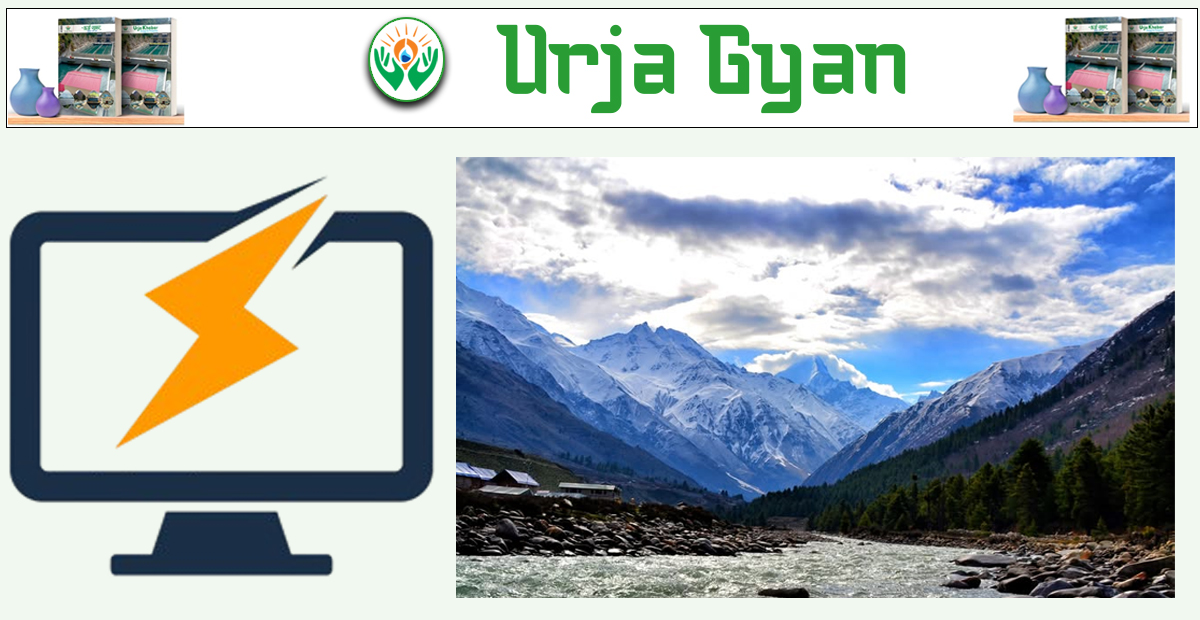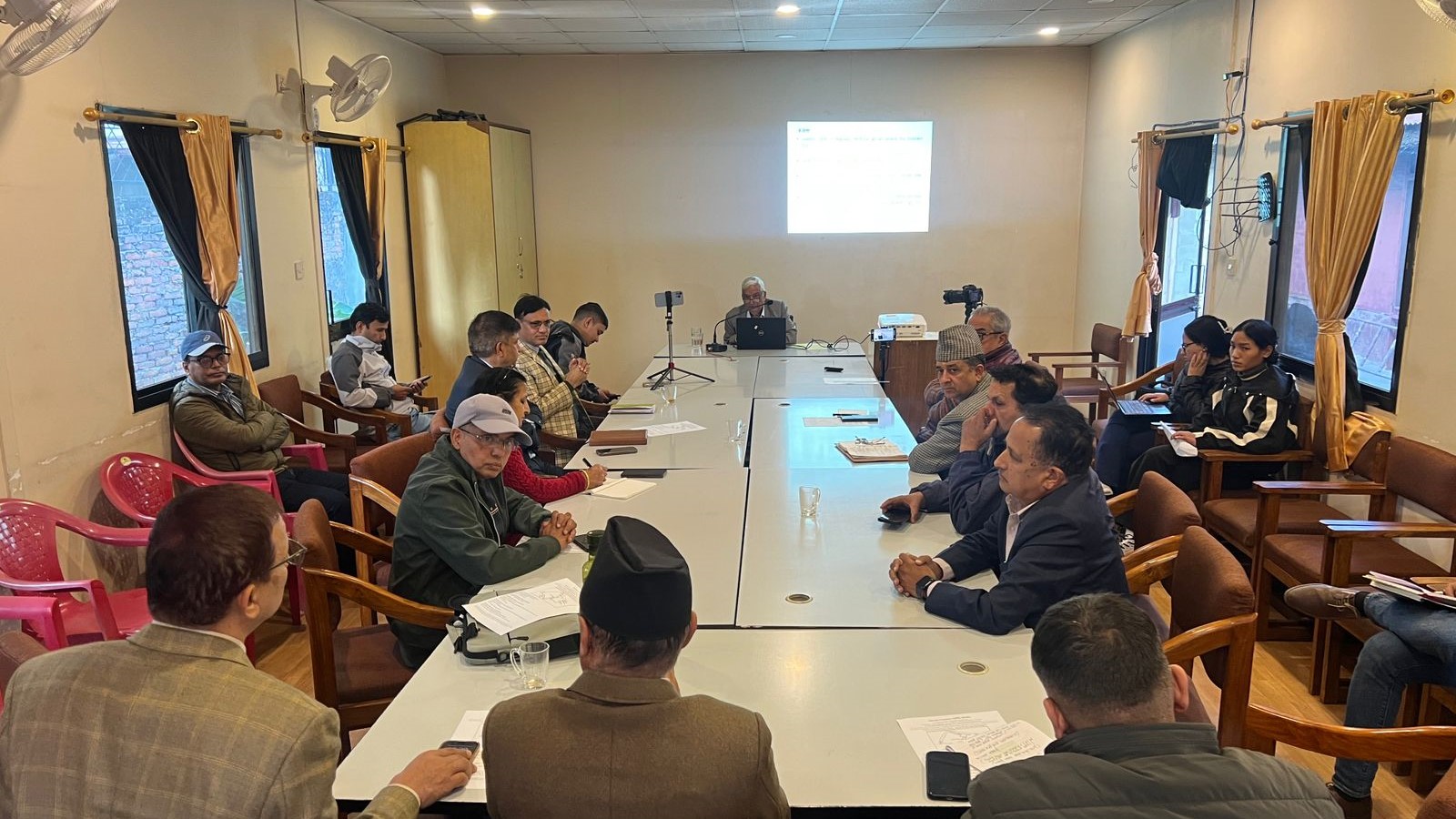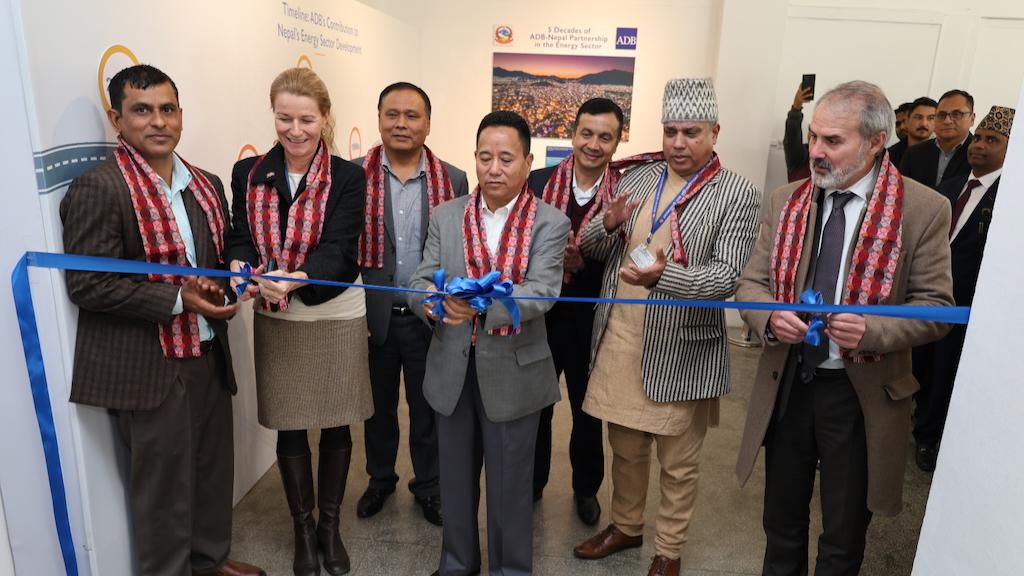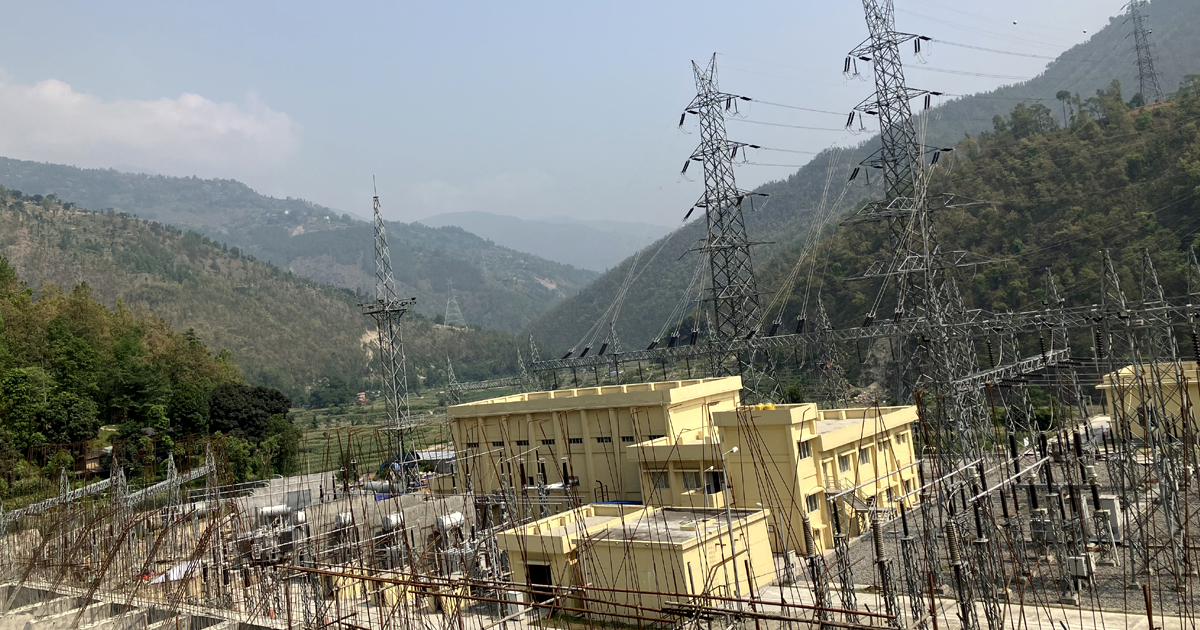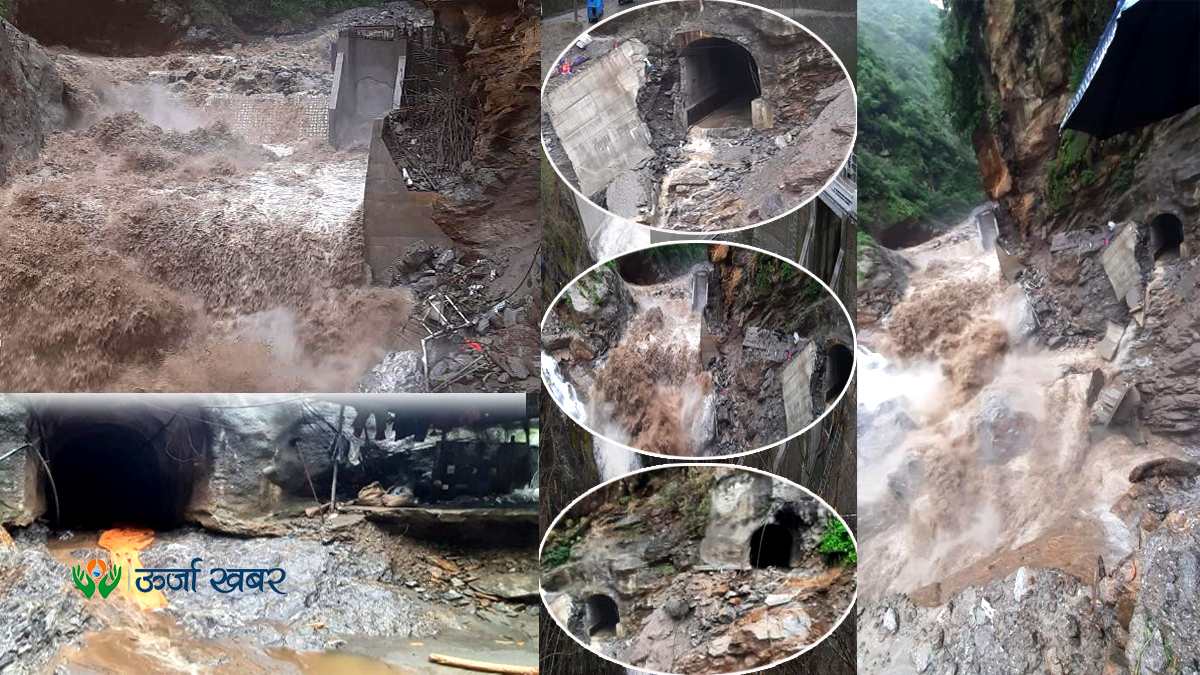Energy Update
Wind Energy: Its Advantages and Disadvantages
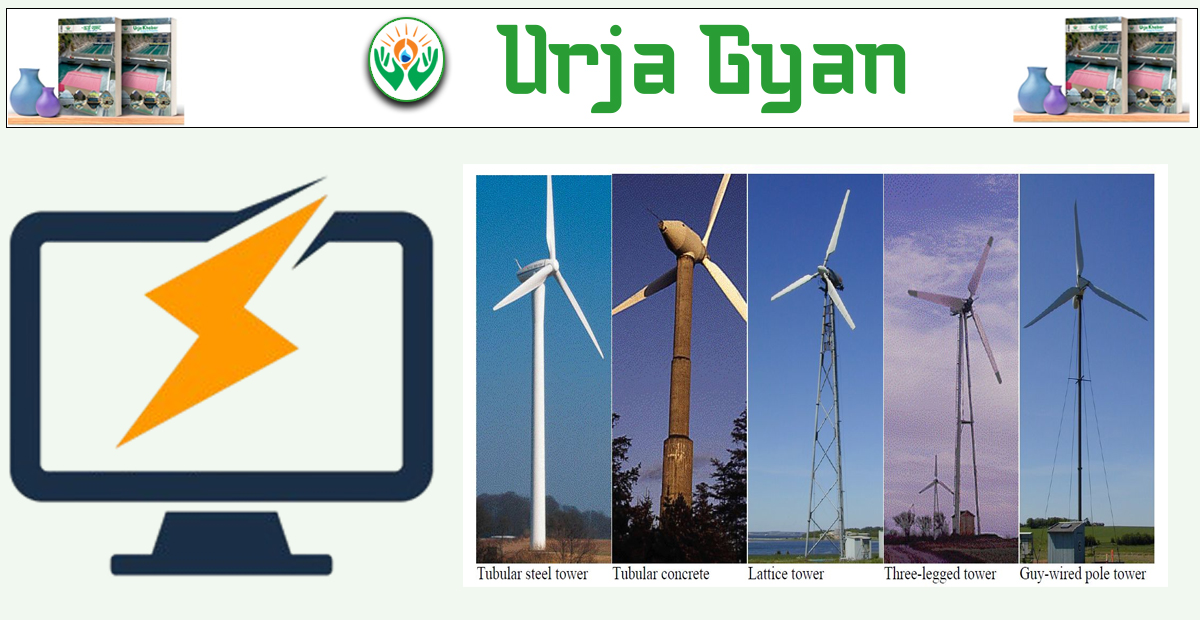
Kathmandu; In the weekly column 'Urja Gyan' published every Friday by Urja Khabar, this week we have data on wind energy, its pros, and cons. We had data on electrical accidents, their causes, and prevention last week.
1. What is Wind Energy?

Answer: Wind energy is a renewable energy source. It is founded on the kinetic energy of wind to power wind turbines, which through mechanical processes generate electricity. In Nepal, there are several hilly and Himalayan regions—specifically areas such as Mustang-where there are strong and consistent winds. Such natural phenomena make such sites suitable for harnessing wind energy.
2. What are the Advantages of Wind Energy?

Answer: Wind energy has several advantages. The most significant advantages are:
✅ Encourages the utilization of clean and renewable energy:
Wind power generation is non-polluting, which helps Nepal become a clean energy hub and meet its environmental commitments.
✅ Increases energy accessibility:
Energy can be generated and utilized in far-flung and off-grid areas through wind power, supporting rural electrification.
✅ Reduces import dependency:
By utilizing locally present wind resources, Nepal can decrease its reliance on diesel generators in off-grid regions and decrease petroleum imports. It can also minimize the importation of electricity by producing more power locally.
✅ Complementary to hydropower:
Wind power can serve as a backup during dry months or when the generation of hydropower is low, thereby improving the overall power system reliability.
✅ Low operating cost:
Once installed, wind turbines have comparatively low maintenance costs, and therefore they are economically viable in the long run, particularly for small communities.
✅ Generates local employment and capacity building:
Construction of wind power projects generates construction, installation, and maintenance jobs, which adds to growing local technical capacity.
3. What are the Disadvantages of Wind Energy?
Answer: The disadvantages of wind energy are as follows:
❌ Unpredictable availability of wind:
In Nepal, there are few such locations where there is constant and strong wind. Most of the hill and mountain regions experience fluctuating wind speeds, so stable power supply through wind energy is nearly impossible.
❌ High initial investment:
Wind turbines and supporting infrastructure (e.g., towers, inverters, grid connection) are expensive. In a resource-poor country like Nepal, the absence of foreign investment in wind energy renders it economically challenging and returns less.
❌ Difficult terrain for installation:
Nepal's physical ruggedness makes transportation and turbine installation difficult. Construction of access roads, movement of heavy machinery, and provision of structural support on slopes greatly raise cost and complexity.
❌ Insufficient public awareness and technical know-how:
There is not much technical expertise in Nepal for the design, installation, and servicing of wind energy systems. Insufficient trained staff and general awareness raise the reliance on foreign aid and negatively impact long-term sustainability.
❌ Environmental and aesthetic effects:
Wind turbines have the potential to disturb the migratory flight of birds and disrupt natural habitats. Siting in picturesque spots such as the Himalayas can ruin natural scenery, which can affect tourism and lead to community opposition.
Conversation
- Info. Dept. Reg. No. : 254/073/74
- Telephone : +977-1-5321303
- Email : [email protected]






